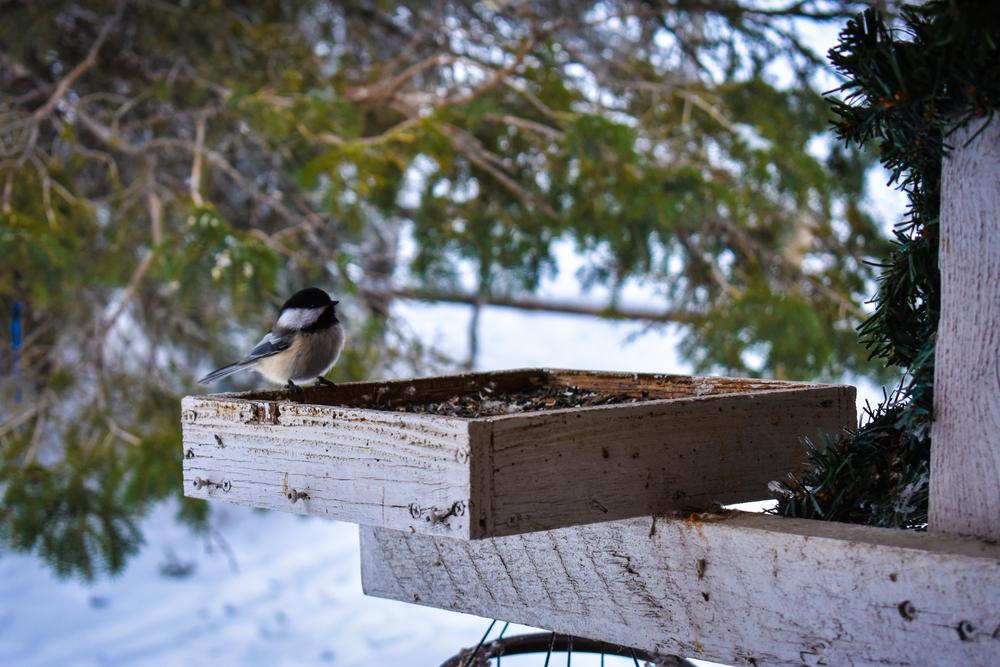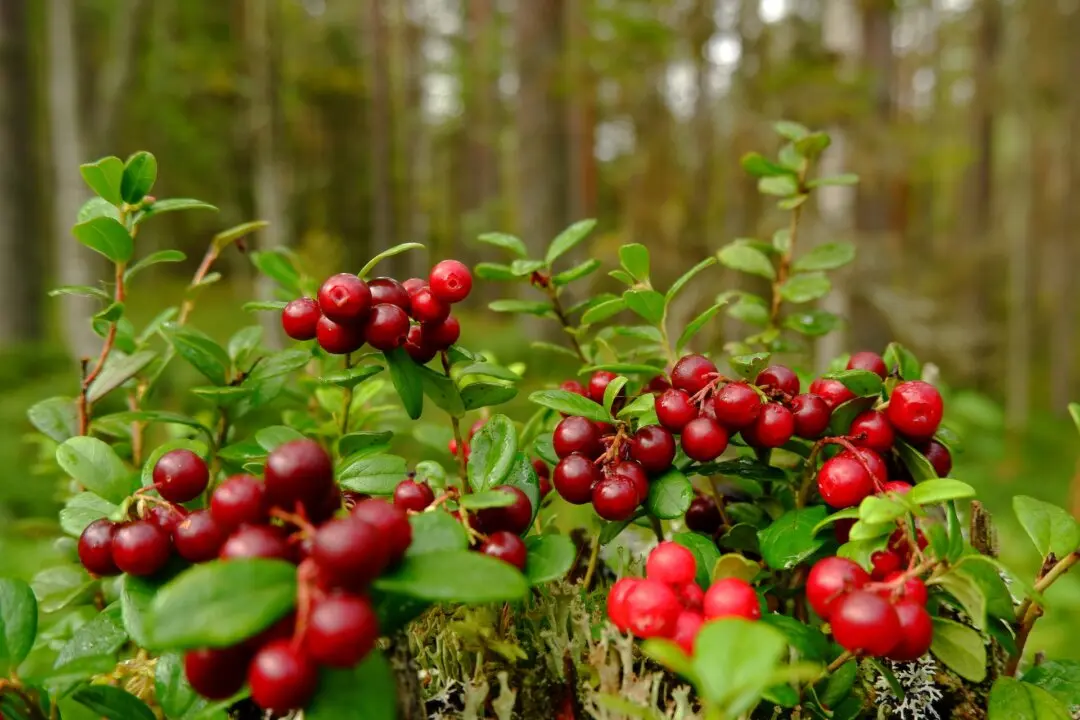It is that time of year again: The weather is getting colder, and it is time to begin preparing for winter. As our gardens prepare to go dormant for the winter, we can think ahead to the joy that bird feeding will bring. Fall is a good time to wash the feeders and to stock up on seed.
There are a few common questions and myths about bird feeding.





